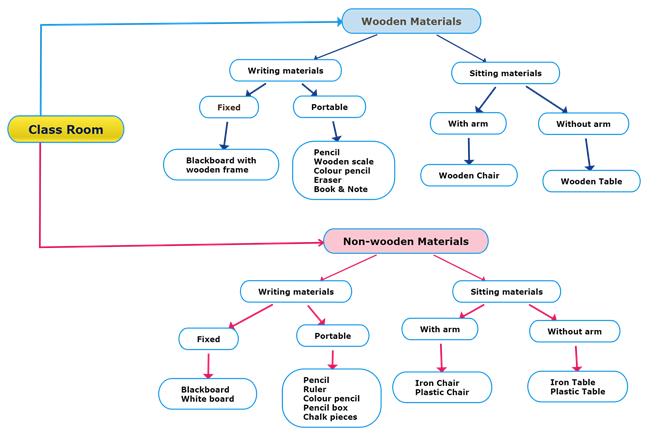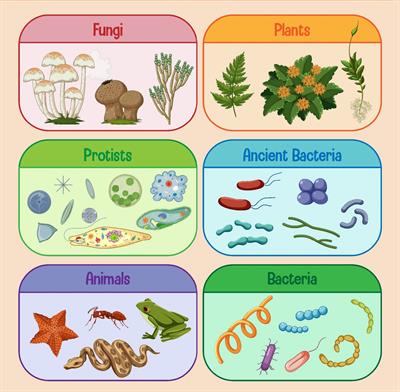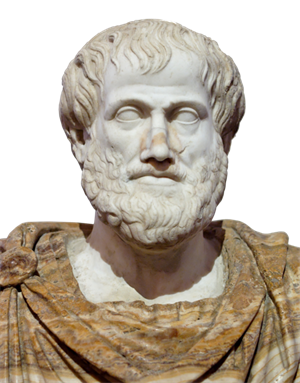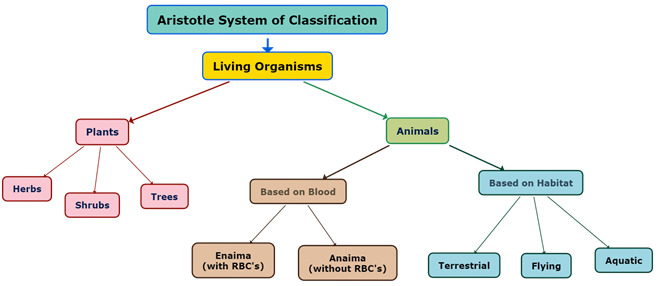
PUMPA - SMART LEARNING
எங்கள் ஆசிரியர்களுடன் 1-ஆன்-1 ஆலோசனை நேரத்தைப் பெறுங்கள். டாப்பர் ஆவதற்கு நாங்கள் பயிற்சி அளிப்போம்
Book Free DemoHave you ever visited a supermarket, medical shop and bakery? If you go to these places, you will find that all the items are systematically arranged to pick the necessary items quickly.
Hence, the sorting of things is very much essential and is required for all living creatures.
What is a classification?
We can understand the term classification through a small activity.
- Take a box full of different types of buttons.
- According to the size, hole, and colour, identify these buttons. This is known as identification.
Hence, the recognition of special features and characters is known as identification.
- Then separate these buttons according to their sizes, holes and colours. This is known as assortment.
Hence, the separation of the organisms according to their special features and characteristics is known as assortment.
- After assorting the buttons, the buttons are gathered according to their size, hole and colours. This is known as grouping.
- All the three, such as identification, assortment, and grouping together, result in classification.
Biological classification:
In this world, we can find ourselves surrounded by various plants and animals.
It is estimated that about \(8.7\) million species of living organisms have been named and identified now.
Most scientists believe that only a small portion of the total species have been identified and named. Biologists have classified these organisms into two broad groups as plants and animals to know and understand these organisms' behaviour and relationship.
This grouping of living organisms based on their common features is known as biological classification. Classification helps scientists to study organisms systematically.
Dichotomous key:
It is a tool used to classify organisms based on their similarities and differences. It allows to make a quick reference and identify a particular thing. The classification of living organisms is done by using a dichotomous key.
How is a dichotomous key created?
A dichotomous key can be created by using the following example.
List out all the various things found in your classroom.
- Some of the things that are commonly found in all the classrooms are chair, table, blackboard, chalk piece, cupboard, fan, light switches, lunch bag, school bag, notebook, water bottle, pencil box, rubber, ruler, door, pencil, window, writing pad, eraser, sharpener and so on.
- Identify a common difference among these objects and classify the above things into two categories: Wooden/Non-Wooden.
- Now identify another difference and classify these objects into two subgroups, such as Wooden sitting materials/Wooden writing materials and Non-wooden sitting material/Non-wooden writing materials.
- Continue the process of identifying differences and classify them into two small subgroups, such as Fixed/Portable and With arm/Without arm.
- Using these similarities and differences identified among these objects, construct a dichotomous key in the following manner.

Features of a dichotomous key:
It is a tool in which
- A single characteristic can differentiate the entire group easily.
- One character is used to separate the group, as present or absent.
- Continue to classify the characters until only one item will remains at the end.
The dichotomy of animals:
In the same manner, as above, the animals such as ostriches, peacocks, monkeys, frogs, toads, turtles, snakes, sharks, goldfishes, ants, tapeworms, earthworms and leeches are classified using a dichotomy pattern as follows:
- By the presence or absence of backbone, they are classified into two groups.
- Animals with a backbone can be classified into its subgroup based on their body temperature.
- Based on the differences, such as feathers or hair, scales, these animals are further classified.

Biological classifications of organisms into kingdoms
Aristotle - The Greek Philosopher:
Aristotle was a Greek philosopher and thinker who lived about \(2400 \) years ago. He has classified living organisms based on their habitat.
Though this method of classifying living organisms was very simple, it was misleading. This grouping system that was used for almost \(2000 \) years after his death.

Greek Philosopher - Aristotle
- Aristotle classified all the living organisms into two categories such as animals or plants.
- Again he classified them into organisms with blood and organisms without blood.
- Later he classified animals into three groups based on their methods of movement such as walkers, flyers or swimmers.

Reference:
https://www.vecteezy.com/vector-art/2111913-science-poster-of-six-kingdoms-of-life
https://upload.wikimedia.org/wikipedia/commons/thumb/5/57/Aristotle_transparent.png/512px-Aristotle_transparent.png